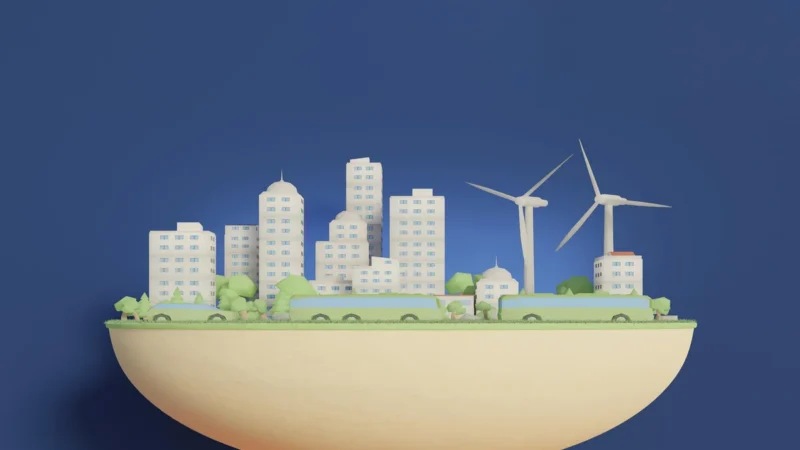Understanding Climate Migration : Impacts of Climate Change on Human Migration Patterns & Strategies

Climate change is causing environmental degradation, rising sea levels, and extreme weather events. As a result, many people around the world are being forced to leave their homes and seek refuge elsewhere. The term “climate migration” refers to the movement of people from one place to another due to the impacts of climate change. This article will focus on studying and addressing the impacts of climate change on human migration patterns, and promoting policies and strategies to support climate refugees.
Understanding Climate Migration :
Climate migration is a complex issue that is influenced by a range of factors, including environmental, social, and economic factors. Climate change is not the only factor that contributes to migration, but it can exacerbate existing vulnerabilities and push people to move. Climate migration can take different forms, including internal displacement within a country, cross-border migration, and resettlement.
According to the Internal Displacement Monitoring Centre, there were 17.2 million new internal displacements due to weather-related events in 2018. This figure does not include displacement due to slow-onset events such as sea-level rise and desertification. The World Bank has estimated that by 2050, there could be as many as 143 million climate migrants globally.
Impacts of Climate Migration :
Climate migration has a range of impacts on both the migrants and the places they move to. Migrants may face social and economic challenges, including discrimination, lack of access to basic services, and limited job opportunities. The places they move to may also face challenges, including overpopulation, pressure on resources, and social tensions.
Climate migration also has wider impacts on global development, security, and human rights. Migration can contribute to political instability and conflict, and can affect the ability of countries to achieve their development goals. Climate migrants may also face human rights abuses and discrimination.
Addressing Climate Migration
Addressing climate migration requires a multi-dimensional approach that includes policies and strategies at the national, regional, and international levels. Some key strategies include:
1.Climate adaptation measures: Investing in climate adaptation measures can help communities to build resilience to climate change impacts, reducing the need for migration.
2.Disaster risk reduction: Reducing disaster risks can help to minimize the impact of climate-related disasters and prevent displacement.
3.Social protection: Providing social protection measures such as cash transfers and food assistance can help to support vulnerable communities and reduce the need for migration.
4.Migration policies: Creating migration policies that recognize the rights of climate migrants and provide protection and support can help to address the challenges of climate migration.
5.International cooperation: Strengthening international cooperation can help to address the challenges of climate migration and promote the protection of human rights.
Frequently Asked Questions :
Q: What is climate migration?
A: Climate migration refers to the movement of people from one place to another due to the impacts of climate change.
Q: What causes climate migration?
A: Climate change is not the only factor that contributes to migration, but it can exacerbate existing vulnerabilities and push people to move.
Q: How many climate migrants are there?
A: The World Bank has estimated that by 2050, there could be as many as 143 million climate migrants globally.
Q: What are the impacts of climate migration?
A: Climate migration has impacts on both the migrants and the places they move to, including social and economic challenges and pressure on resources.
Q: How can climate migration be addressed?
A: Addressing climate migration requires a multi-dimensional approach that includes policies and strategies at the national, regional, and international levels, including climate adaptation measures, disaster risk reduction, social protection, migration policies, and international cooperation.
Reference Links :


